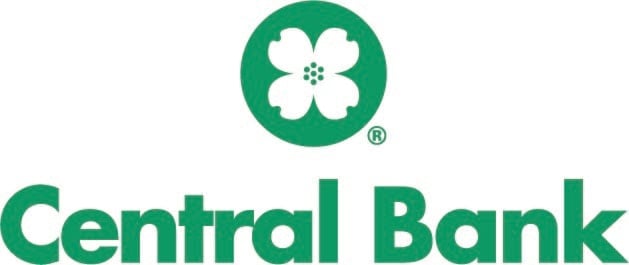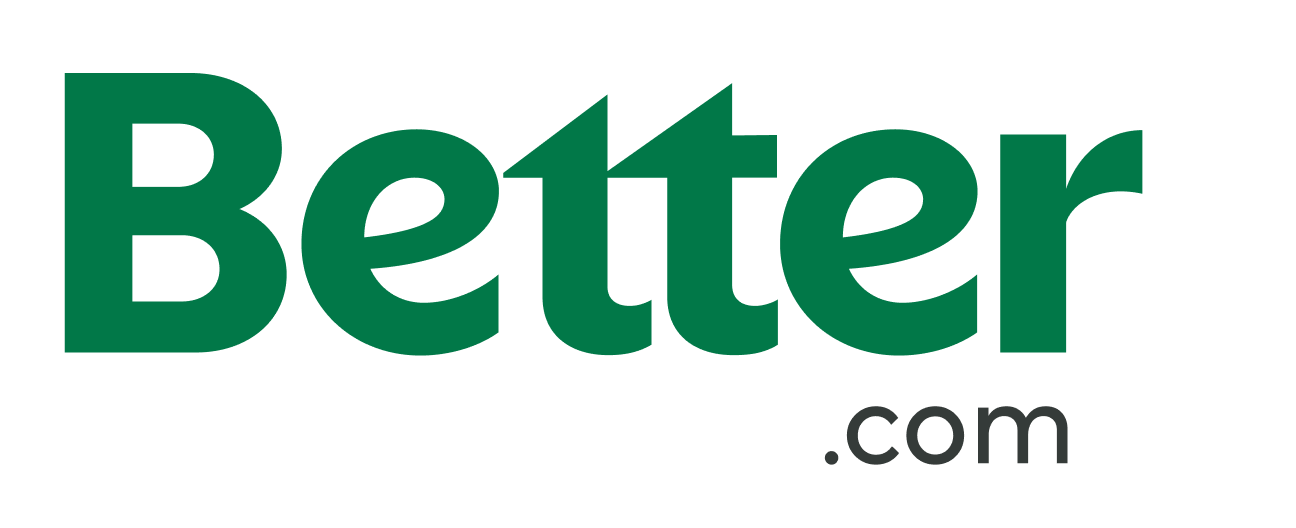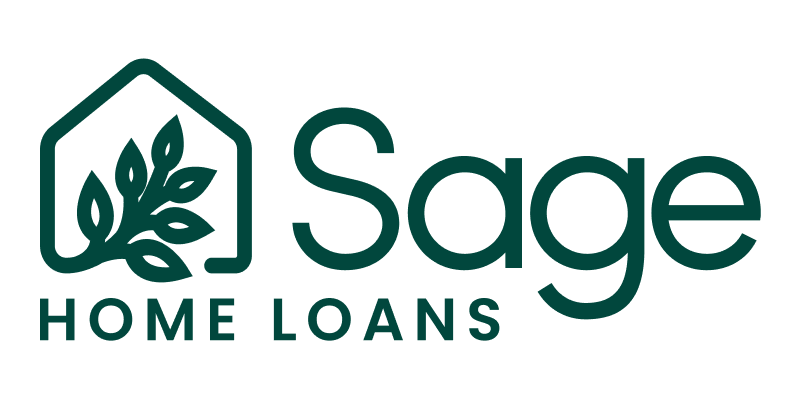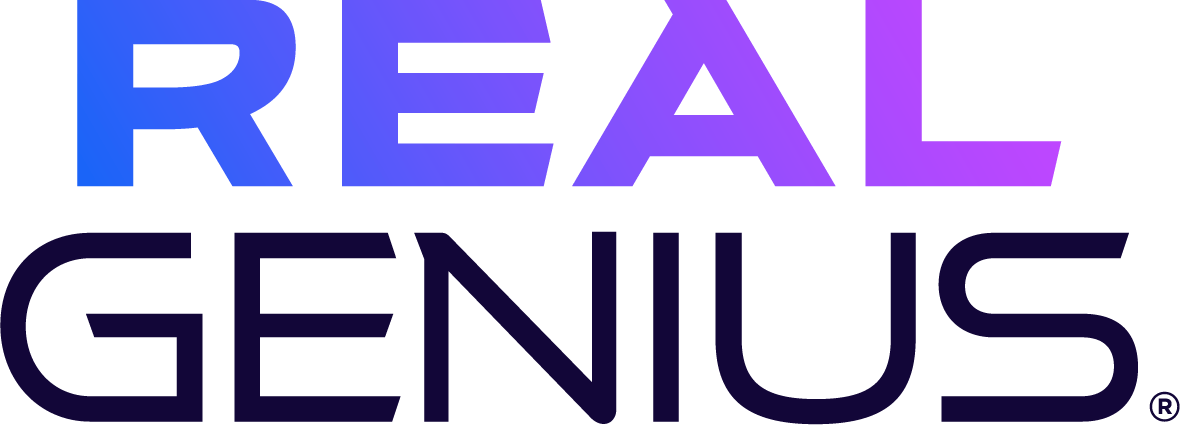Compare Today’s FHA Refinance Rates | Saturday, December 20, 2025
Rates are current as of December 20, 2025 3:50 PM EST
APR 7.38%
0.00% 1wAPR 7.77%
0.00% 1wAPR 6.88%
0.00% 1w
NMLS#1880338
APR
5.78%
APR
5.78%
Interest rate
5.25%
Est. mo. payment
$2,112/mo
Total fees
$7,236
Next Door Lending is a wholly-owned subsidiary of NerdWallet
Show details
The Nerdy headline
Next Door Lending, a mortgage broker, offers expert assistance shopping for and closing a loan, as well as specialty loans at competitive rates. Mortgages are not available in every state.
- Offers a variety of loan types, including first-time buyer programs and loans for self-employed borrowers.
- Real-time rate quotes available while working with a broker.
- Responsive customer service.
- Competitive pricing often available, especially for non-traditional borrowers.
- Does not publish interest rates online.
- No mortgage mobile app.
- Loans are not available in every state.
Show details
The Nerdy headline
Midwest-rooted Central Bank offers an online application, which you can track via mobile app. But you’ll have to contact the bank for mortgage rates.
Home loans overall
NerdWallet rating
4.0
- Among the best when it comes to online convenience.
- Offers a full selection of mortgage types and products, including jumbo, home equity, and government loans.
- Claims to offer preapproval within 24 hours of loan application.
- You'll have to complete a loan application to see mortgage interest rates.
- Bank branch locations limited to the Midwest.
- Does not offer home equity lines of credit.

NMLS#1880338
APR
6.02%
APR
6.02%
Interest rate
5.99%
Est. mo. payment
$2,097/mo
Total fees
$1,092
Next Door Lending is a wholly-owned subsidiary of NerdWallet
Show details
The Nerdy headline
Next Door Lending, a mortgage broker, offers expert assistance shopping for and closing a loan, as well as specialty loans at competitive rates. Mortgages are not available in every state.
- Offers a variety of loan types, including first-time buyer programs and loans for self-employed borrowers.
- Real-time rate quotes available while working with a broker.
- Responsive customer service.
- Competitive pricing often available, especially for non-traditional borrowers.
- Does not publish interest rates online.
- No mortgage mobile app.
- Loans are not available in every state.
Show details
The Nerdy headline
Better provides a seamless and easy-to-navigate application process and generally offers lower mortgage rates than average. VA loans are available in some states.
- Offers a program allowing qualifying buyers to make cash offers.
- Makes it easy to see customized mortgage rates.
- Average interest rates are on the low end compared to other lenders, according to the latest federal data.
- Doesn’t offer USDA loans.
- VA loans are not available in every state.
- Doesn't offer home equity loans.
Show details
The Nerdy headline
Simplist is an online marketplace of mortgage lenders; human guidance is optional. You’ll make payments to a loan servicer, not to Simplist. Loans are not available in every state.
Home loans overall
NerdWallet rating
4.5
- Loan origination process can be completed online.
- Offers government-backed FHA and VA loans.
- Offers module that compares mortgage rates among other lenders.
- Offers loans in many states and Washington, D.C., but not nationwide.
- Does not offer home equity loans or lines of credit.
Show details
The Nerdy headline
Sage Home Loans stands out for speed and convenience, though it lacks a mobile app and doesn’t serve New York borrowers.
Home loans overall
NerdWallet rating
4.5
- Sample rates are easy to browse online.
- Quick, convenient pre-qualification process.
- Average time to close is just under 20 days, faster than industry standard.
- Home loans aren’t available in New York.
- No mobile app or online chat, despite focus on mortgage tech.
- Online pre-qualification requires sharing contact info.
Show details
The Nerdy headline
Home loans overall
NerdWallet rating
4.5
- Offers a variety of mortgage options, including jumbo loans, and FHA and VA loans.
- Offers home equity loans and lines of credit.
- Displays customized rates, with fee estimates, without requiring contact information.
- Doesn’t offer mortgages in all 50 states.
- Home renovation loans are not available.
Show details
The Nerdy headline
NBKC Bank charges relatively low mortgage rates and fees and offers a range of loans with a convenient online application. About one in five NBKC mortgages are Veterans Affairs loans, which are available to eligible service members and their families. Construction-to-permanent loans and home equity lines of credit are limited to the Kansas City area.
- Offers government-backed loans and some harder-to-find products, such as construction loans and specialty mortgages for pilots.
- Offers low rates and fees compared with other lenders, according to the latest Federal data.
- Displays customized rates, with fee estimates, without requiring contact information.
- HELOCs and construction-to-permanent loans are available only in the Kansas City metro area.
See more options
About these rates: The lenders whose rates appear on this table are NerdWallet's advertising partners. NerdWallet strives to keep its information accurate and up to date. This information may be different than what you see when you visit a lender's site. The terms advertised here are not offers and do not bind any lender. The rates shown here are retrieved via the Mortech rate engine and are subject to change. These rates do not include taxes, fees, and insurance. Your actual rate and loan terms will be determined by the partner's assessment of your creditworthiness and other factors. Any potential savings figures are estimates based on the information provided by you and our advertising partners.
Explore historical refinance rate trends
See how rates have changed over time to understand past patterns and economic fluctuations

Historical timeline
Loan purpose
Loan type
National average 7.38%
Today's average refinance mortgage rates
| Product | Interest rate | APR |
|---|---|---|
| 30-year Fixed | 7.31% | 7.38% |
| 30-year Fixed FHA | 5.88% | 6.69% |
| 30-year Fixed VA | 6.00% | 6.26% |
| 20-year Fixed | 7.75% | 7.83% |
| 15-year Fixed | 7.54% | 7.77% |
| 10-year Fixed | 6.69% | 7.07% |
| 3-year ARM | 4.13% | 4.87% |
| 5-year ARM | 5.63% | 6.88% |
| 7-year ARM | 5.38% | 6.45% |
| 10-year ARM | 7.31% | 7.38% |
Accurate as of 12/20/2025.
Data source: ©Zillow, Inc. 2025. Use is subject to the Terms of Use
How to find today's FHA refinance rates
Your options: Common types of FHA refinance loans
- Simple refinance. Like the name suggests, this refers to a basic rate-and-term refinance to a new FHA loan where you aren’t taking any cash out.
- Streamline refinance. Streamline refinances make an FHA-to-FHA refinance easier by having fewer requirements. A credit-qualifying streamline refinance allows you to skip the FHA appraisal. A non-credit-qualifying streamline refinance has even fewer hoops to jump through, because the lender doesn't perform a credit check.
Nerdy Tip
- Cash-out refinance: With an FHA cash-out refinance, you take out a new, larger loan than what you previously owed on the mortgage. The difference between what you owed and the new mortgage amount goes to you in cash. One exception is a cash-out refinance used to buy out a former co-borrower, as in a divorce. In those cases, the FHA treats the cash-out refi as a rate and term refinance.
- 203(k) refinance: Similar to an FHA 203(k) loan, a 203(k) refinance allows you to roll the cost of repairs or upgrades to your home into your refi. The FHA has rules about what kinds of renovations can be financed with 203(k) funds and whether an FHA consultant has to sign off on the work. If that sounds like too much red tape for you, you may want to look into other options for paying for home renovations.
How to decide: Should I refinance my FHA loan?
- Canceling FHA mortgage insurance. Once you have 20% equity built up in your home, you could eliminate monthly FHA mortgage insurance payments by refinancing to a conventional loan.
- Getting a lower interest rate. This reduces your monthly payment.
- Paying off your mortgage faster. A shorter term might make your monthly payments go up, but you’ll pay less in interest over the life of the loan.
- Tapping into your home equity. A cash-out refinance lets you access some of your home value as cash. Financing home improvements is a common use of the funds.
- Adding or removing a borrower. For example, after a divorce, you’d need to refinance your mortgage to remove your ex-spouse from the loan.
Nerdy Tip
What are FHA refinance closing costs?
Can you refinance to get rid of FHA mortgage insurance?
Learn more about FHA loans:
More mortgage tools and resources
Latest mortgage news and analysis
View rates by loan type or state
Get even more specific with rates personalized to your situation






